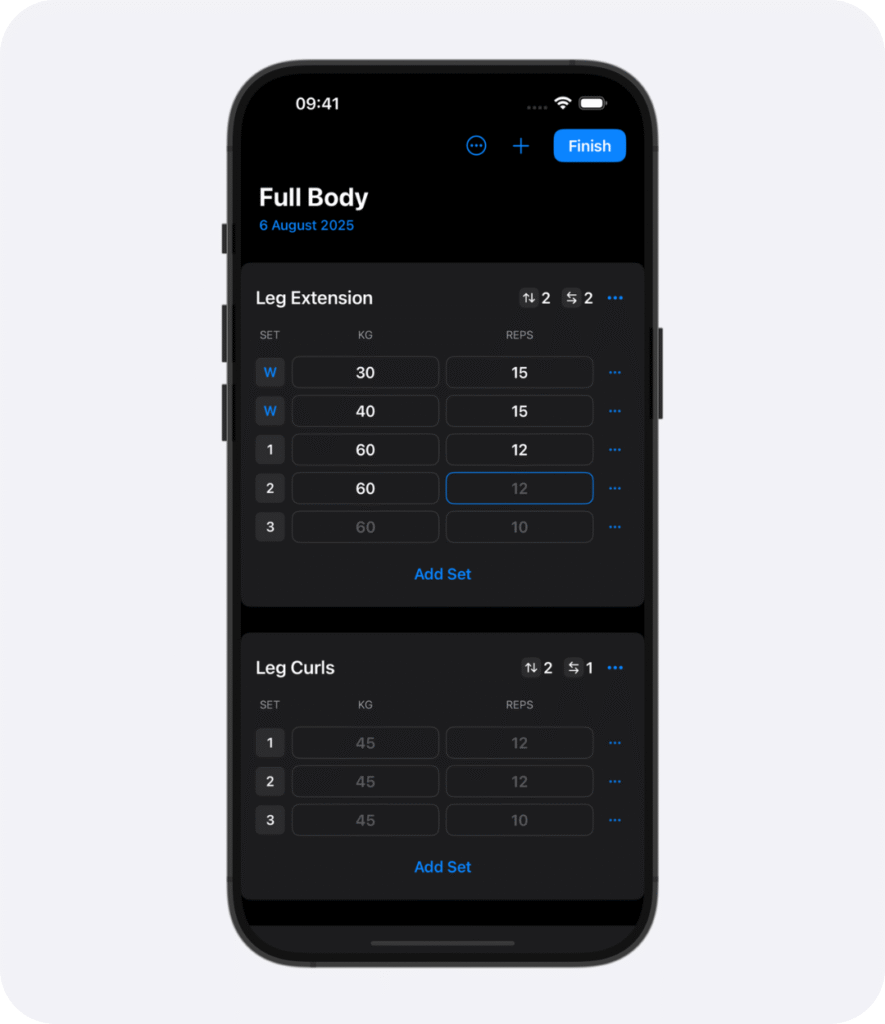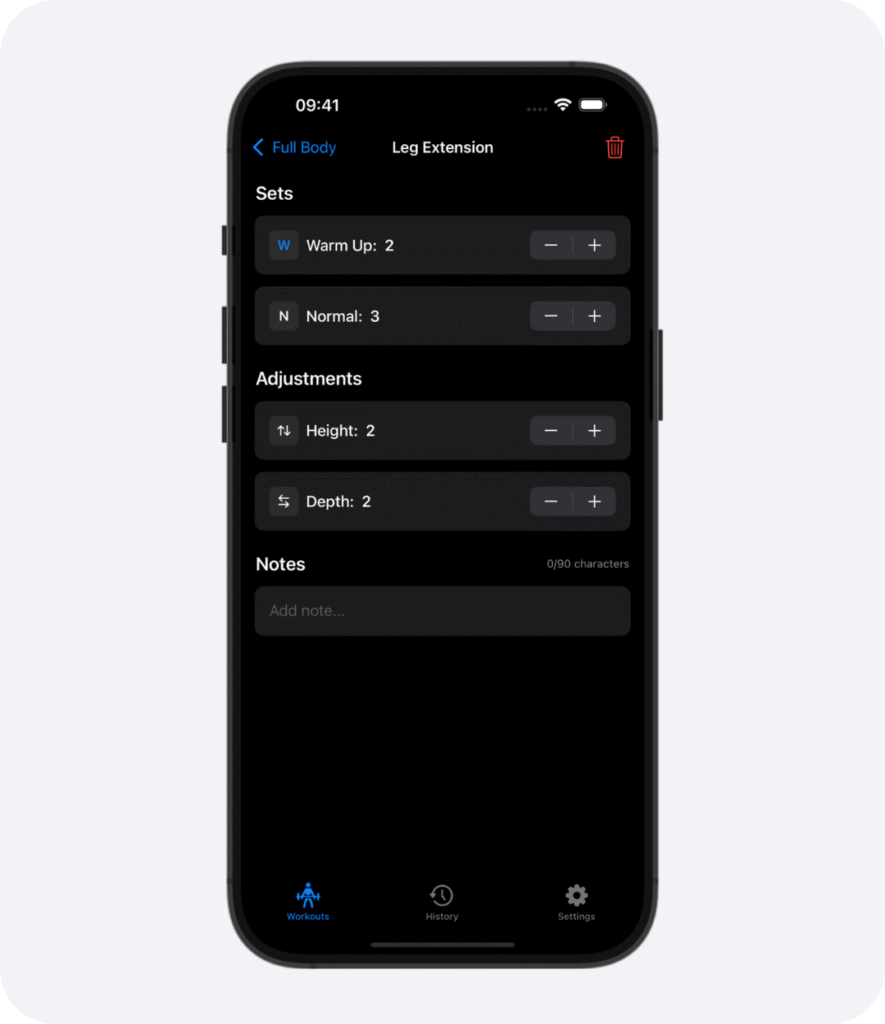
Introduction
Ever forgot how much weight you lifted last week? Or hit a plateau because your training feels aimless? Many people struggle to remember their numbers—and without proper tracking or structure, progress stalls. That’s where a strength training app comes in.
What Is a Strength Training App?
A strength training app is a digital workout companion that helps you record lifts, plan workouts, monitor progress, and apply progressive overload—all from your phone.
It makes training easier for beginners by giving structure, and for advanced lifters, it provides the data needed to keep breaking personal records.


Why Tracking Strength Training Matters
Ensures Progressive Overload
Progressive overload—gradually increasing the weight, reps, or sets over time—is the foundation of strength training. Without tracking, it’s nearly impossible to know if you’re actually progressing.
Builds Measurable Results
When you can see “Last week you benched 70 kg × 5 reps; today you’re at 75 kg,” it proves your training is working and keeps motivation high.
Enhances Consistency
Logging workouts provides accountability. You’re more likely to stick with your routine if you see your progress week after week.
Challenges Without an App
- Forgetting last session’s weights or sets.
- No progress history—hard to see improvement.
- Poor structure and random workouts lead to plateaus.
- Lack of accountability and feedback makes it easy to give up.


How a Workout Tracker App Helps
Core Features
- Auto-logging of lifts, sets, reps, and weights.
- Progress graphs and performance analytics.
- Custom workout plans tailored to your training level.
- Reminders and goal setting so you stay consistent.
- Notes & personal stats (RPE, mood, recovery) for context.
Benefits
- Never forget your numbers.
- Always know what’s next in your plan.
- Visualize gains with progress charts.
- Stay challenged with structured, safe progression.
Actionable Tips:
Getting the Most from Your Strength Training App
- Set clear objectives (e.g., “Add 5 kg to squat in 8 weeks”) and enter them in the app.
- Log every workout consistently—even small progress counts.
- Review trends weekly to spot plateaus and strong lifts.
- Leverage progressive overload by increasing weight or volume step by step.
- Use structured templates—beginner, intermediate, or advanced.
- Add context like RPE, rest times, or notes to fine-tune your training.

